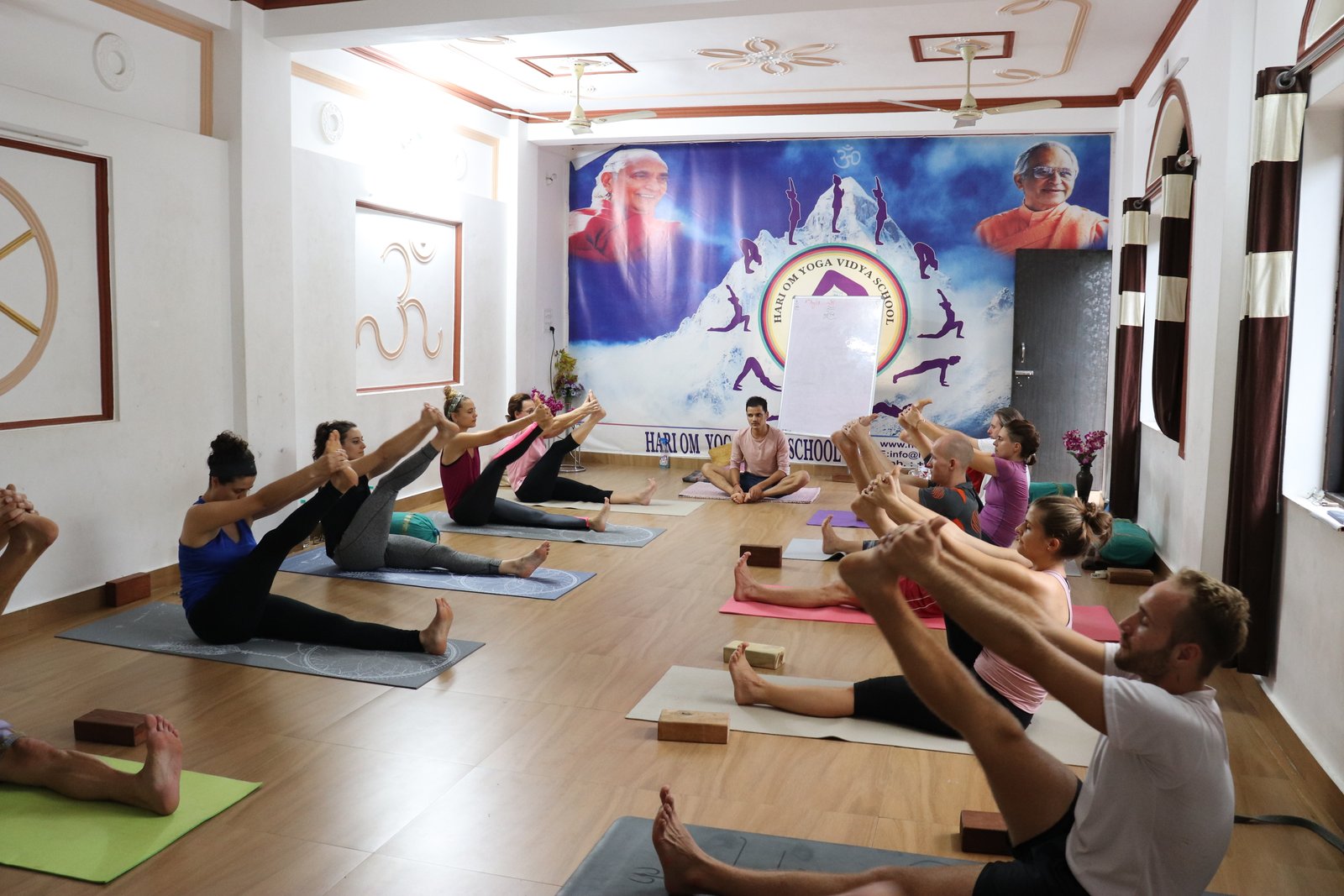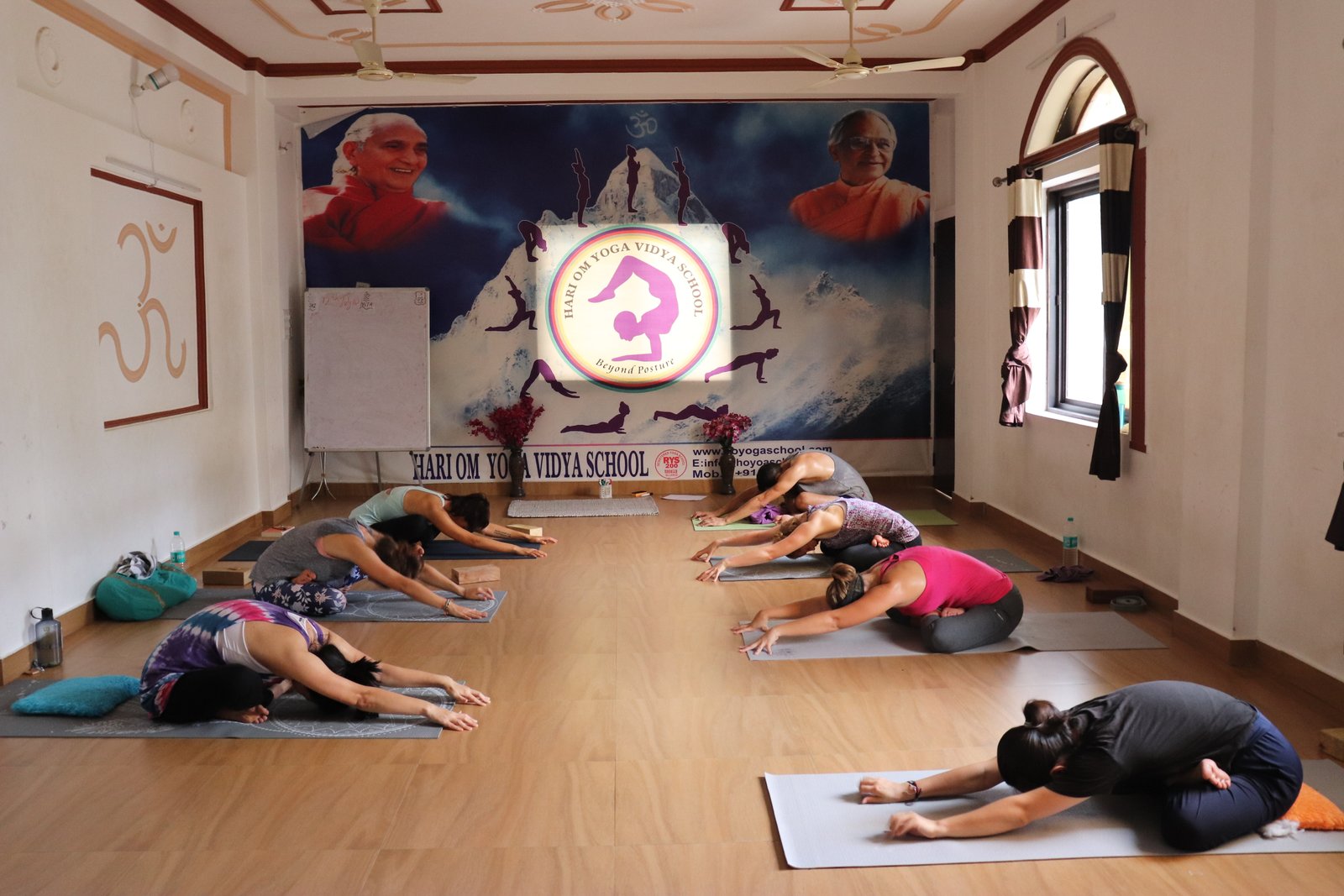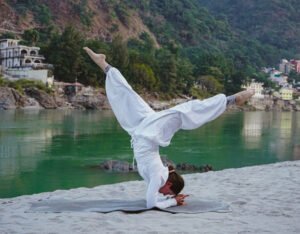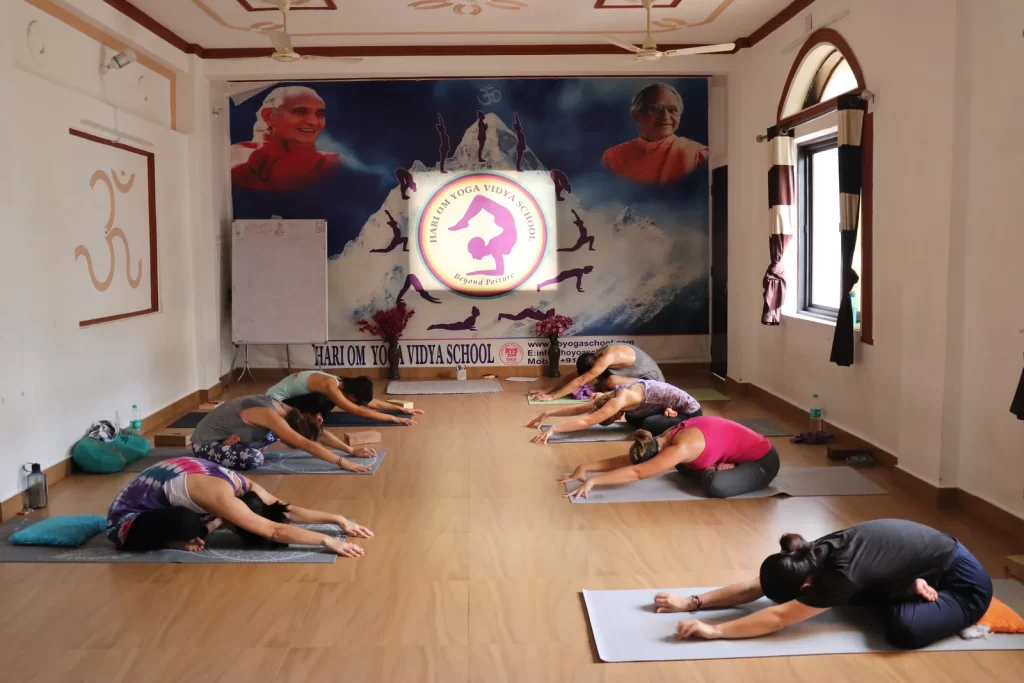You must have practiced at least one asana in your lifetime, till now. Most schools also teach asanas for the betterment of the students, in terms of mental and physical rejuvenation. However, there may be some difference between what schools teach generally, and what you will learn in a yoga school in Rishikesh. The term ‘asana’ has come down from Sanskrit texts, and is called as pose in English. When you sit or lie down in one pose for a long time, realization dawns on the individual. That is what yoga is for. Since times immemorial, sages, seers, and healers have been engaging in such asanas or poses, for the betterment of their psychic as well as spiritual abilities.
You may note that yoga is not just about physical contortions, but the asanas also have a deeper meaning. Yoga asanas are designed in such a manner, so as to affect the internal organs and the brain centre as well. You will often hear about Lord Shiva in a deeply meditative pose, along with the Saptarishis. Additionally, Buddha was also known to be involved in a meditative state for a long time, before he attained enlightenment.

![]()
Hatha Yoga Pradipika Yoga Asanas
According to the Hatha Yoga Pradipika from the 15th century, there are 84 asanas or poses. There are a few other texts from the 11th century and the 17th century, which also mentions 84 asanas or poses. If you go back in time, originally, you will find that Hatha Yoga was the first yoga form to dominate the wellness discipline. Later, many other yogis came up with their own style. That is the reason why, no matter, which yoga form you practice, it will be classified under Hatha Yoga.
The other yoga forms, which you may hear about are Iyengar Yoga, Ashtanga Yoga, Vinyasa Yoga, Kundalini Yoga, and so on. The 84 yoga asanas or poses represent 84 different alignments in yoga. Moreover, you should not limit yourself to believe that 84 asanas mean just that. It basically means that there are 84 ways to do the same asanas as well.
If you gain mastery on at least one asana, you will be deemed a knowledgeable yogi. When you start out with the practice of Hatha Yoga, which happens to be a beginner’s way to embark on this holistic journey, the biggest barrier in front of you is the body. These 84 asanas have the power to transform the body and mind, to attain great prowess. When you start doing yoga, and master a few asanas or poses, you gain complete control of your life.
The yoga teacher training courses, will teach you from the basics. When you make Hatha Yoga a part of your life, you forget every other practice. You need not worry, if your father or forefathers, ever practiced yoga. Moreover, you do not need to worry about your lineage. There are many asanas, that are deemed beneficial for beginners. You should know about them in great detail.
![]()

Main Asanas That You Can Practice
- Swastikasana is one of the first asanas or poses that you may want to practice as a part of your yoga regime. It is one of the alternate forms of Padmasana, where you do not need to exert much tension or stress on the thigh muscles. The pattern in which you seat yourself, mainly represents a Swastika symbol, which is considered auspicious in Hinduism. The pose or asana is considered beneficial for all those, who suffer from Sciatica and it also helps to regulate the body temperature. The Swastika is one of the mystical symbols, that go back to the Vedic age.
- Gomukhasana is the second asana, which most beginner yogis’ practice. The asana is an important part of the lessons that students learn in the 200 hour yoga teacher training course as well. The asana or pose is done traditionally, by interlocking the fingers of the hand behind the back. However, there is no mention of the hands and fingers usage in the original verses. You can also just clasp the hands at the back. Alternatively, you can also keep the hands on the knees. Most beginners start with one leg kept straight initially, if folding the legs at the knees and stacking them on top of the other seems difficult.
- Dhanurasana is another Hatha yoga pose, that you can try out. Even if you have just started your journey, you can do the asana or pose. In this asana, your body assumes the shape of a bow. The practitioner has to lie down on the belly, and hold the toes and pull them backwards, towards the ears. It resembles the stance, taken up by warriors, when they launch an arrow, with a bow. The main idea behind this asana or pose, is to strengthen the abdominal muscles. You will reach a state, when just the belly button, makes contact with the floor, and the remaining body us floating in the air. This asana or pose also strengthens the chest muscles and the shoulder joints.
- Paschimottasana is another asana, which you can practice today. It is the first forward folding asana, or pose that one practices. You have to sit on the floor, and then stretch your legs in front of you. Elongate the spine and stretch the body, so that you are able to touch the feet or the toes with the hands. You can also hold the ankles of the outstretched feet, in one of the variations. The practitioner should always bend the body or fold the body, from the hips. This is one of the best asanas that one can do in the yoga realm. It also enhances the flow of Pranic energy through the body.
- Shavasana or Corpse pose is the final pose that you have to end the yoga session with. This is one of the easiest only apparently. To reach the perfect state of mind, you have to work through all the asanas in a serial order. It is one of the most relaxing poses, which people tend to do wrong. That is the reason why, you must ensure to learn yoga at the best yoga school in India, to get the correct knowledge. Hari Om Yoga Vidya School is one of the top schools in Rishikesh, where you can learn and master the asanas correctly.
It is mandatory for a practitioner to feel more energetic and livelier after asana practice. If the same feeling does not come, you are doing something wrong. If you feel tired, then you are not doing the poses or asanas, the way they should be done. You must accompany the asana practice with Pranayama and meditation as well. These three form a triad, without which your yoga practice will be deemed as incomplete.
The yoga practice sessions at some of the best ashrams and schools in India, have these intertwined with one another. The poses give you physical balance and stability, whereas the other modalities give you mental and spiritual prowess. The yoga realm is wide and as you practice more, and go deeper, you unearth more information. The main ones that you can start with, are mentioned above. However, the best thing to do, is to keep on practicing unless you gain perfection.




